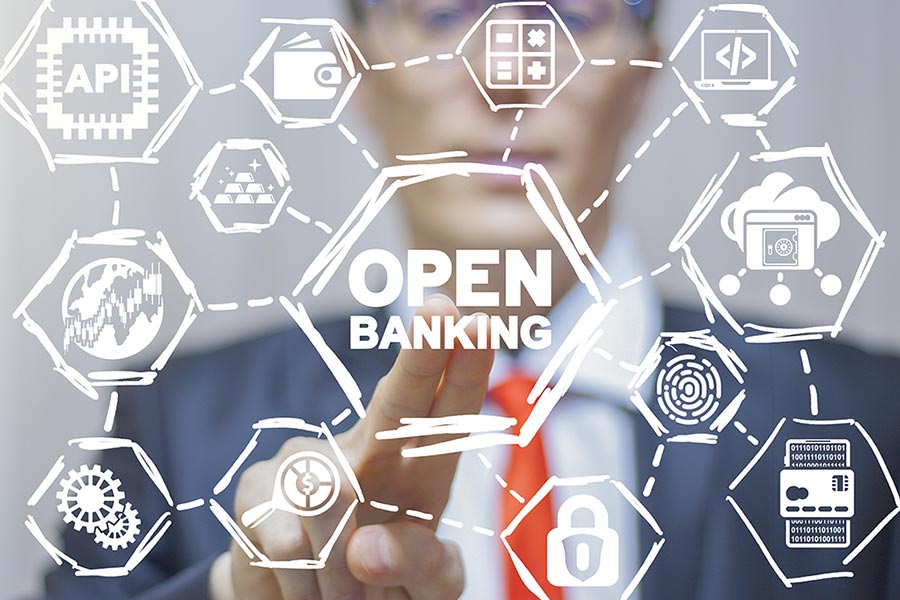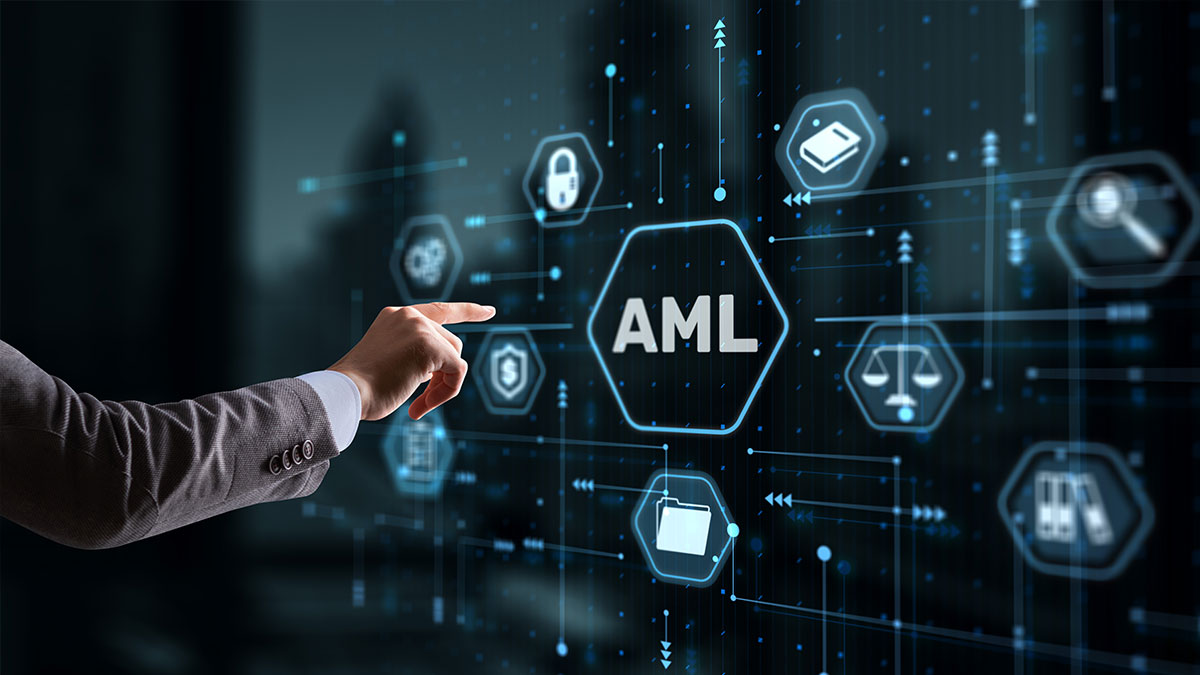Open banking is a practice where banks provide access to third-party financial service providers through an application programming interface (API) with their customers’ consent.
Depending on their business model and service, these third-party providers (TPPs) gain access to your banking data and help you monitor it in a certain way; or facilitate transactions, such as making payments directly from your bank account.
How does Open Banking Work?
For Open Banking services to function, customers are required to provide consent to their bank(s) to share their information through open banking APIs.
The two primary third-party provider categories within Open Banking are Account Information Service Providers (AISPs) and Payment Initiation Service Providers (PISPs). While AISPs are permitted to access and compile customers’ account information, PISPs can trigger payments from their designated bank accounts.
Account Information Services are probably the most common use of Open Banking advancements now available. AISPs facilitate the development of apps and platforms that empower businesses to access their consumers’ financial data and deliver excellent experiences.
While some AISPs are also PISPs, many providers specialize in one or the other. AISPs often refer to themselves as having ‘read-only’ authority to accounts, while PISPs offer ‘read-write’ access. Modern financial tech startups often use Open Banking to utilize the data from the banks to provide their service. Accounting software, expense tracking apps, budget apps are a few examples of these.
Open Banking vs. Banking as a Service (BaaS)
Non-bank companies use the BaaS models to incorporate banking services into their own service offers. Non-bank businesses may provide their clients with digital banking technology such as bank accounts, debit cards, lending, and payment systems without getting their own banking license, as long as they comply with the regulations.
Open banking, on the other hand, allows non-bank companies to simply utilize the bank’s data to develop their services. “Third-party service providers” (TPPs) is the term used in the finance industry to describe these non-bank companies. In essence, TPPs are merely reusing account information from your current bank accounts to offer insights or trigger transactions via the use of Open Banking.
Financial management applications are a popular kind of TPP that benefits from open banking. They consolidate data from your various bank accounts into a single application. This is accomplished via the use of an API to connect to the banks’ systems. Such an application may, for example, help a user attain their financial objectives or improve their spending habits.
Benefits of Open Banking
The key benefit of Open Banking to the customer is an improved supply of services; conveniently and securely integrated with their existing bank affiliations. Openness brings opportunities to customers for a greater variety of tools and information at their fingertips.
Open Banking somewhat puts conventional banks in a tricky situation, where they have to possibly reposition their role in a future banking ecosystem. New fintech startups compete in many services that banks have relied upon previously in a seamless, low-cost, and pain-free way. There’s less and less reason for a customer to utilize their bank other than for the bare minimum requirements today. That scope may become even narrower in the future.
Is Open Banking Safe?
Open Banking is built on existing security systems provided and/or used by banks. They’re very secure. Banks have to use rigorously tested software and security systems and Open Banking has the same security level that any banking interface you use with your bank (e.g. mobile banking app, online banking, etc.)
Open Banking APIs are well-established. These APIs define and limit the information a 3rd party system can access and less data implies more security.
Financial institutions and their platforms are regulated to get enrolled in the Open Banking Directory. Regulations are run by local or international bodies, such as the FCA or a European National Competent Authority.
An extra safety point is that you will be compensated for unauthorized transactions.
Last but not the least, you are in charge of deciding who can access what banking information you have. Also, checking for the small print, looking for regulatory details on the app/web, checking your bank account and/or credit card history are good precautions to take.
White-Label Financial Services
White labeling in financial services is when a financial entity (e.g., bank) removes its brand and logo from the service and instead allows a different name or branding to be used (typically that of a fintech partner).
Open Banking allows for the ‘white-labeling of information and products provided by the bank. An example of this could be that an airline wishes to provide their own banking card to provide points to customers for using the card with them. A licensed bank will provide the actual banking service (issue the card), but the customer will see it as being provided by the airline.
On a further note, bear in mind that white-labeling is not limited to Open Banking. Banking as a Service allows for the white-labeling of banking services in a similar manner.
How Can EMBank Help?
European Merchant Bank (EMBank) offers accessible financial products for fintech companies and local/regional SMEs across various industries. Established in Lithuania and licensed by the European Central Bank, EMBank provides a Banking-as-a-Service offering, combined with Safeguarding, Business, Payment, Accumulative account types as well as payment options through SEPA, Swift, and Target2.
Call us today on +370 700 11200. Alternatively, please send an email to [email protected] to arrange a telephone or video call.
Please keep in mind that the above information has been prepared or assembled by the EMBank and is intended for informational purposes only. Some of the information may be dated and may not reflect the most current legal developments.




